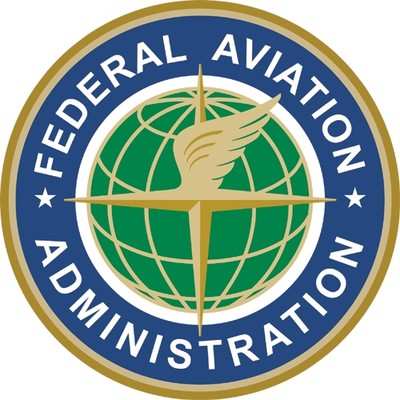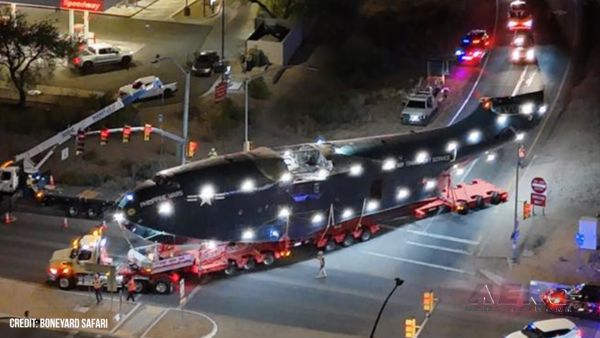Wed, Mar 12, 2014
Says Not All Installations Have Resulted In 'Ideal' Performance
The FAA has issued a Safety Alert for Operators (SAFO) focusing on continuing reports of GPS/ GNSS installations or upgrades in which integration with existing autopilots has resulted in less than ideal performance in some modes or conditions. Lateral and vertical performance of particular combinations of legacy autopilots and GPS/GNSS systems may or may not have been considered by the equipment manufacturer during the original integration and certification of the GPS/GNSS.

According to the FAA, the problems and issues caused by coupled GPS/GNSS and autopilot systems may cause an increase in workload for the flightcrew when it comes to complying with rules of separation and navigation. The situation is typically the result of incompatibility in the interface between legacy autopilots and the new or upgraded navigation source. Of particular concern is navigation equipment originally intended for Title 14 of the Code of Federal Regulations (14 CFR) Part 23 aircraft installed on Part 25 aircraft. These alterations leverage existing Supplemental Type Certificate (STC) data for use in field approvals but neither the compatibility of the equipment/system to the particular aircraft nor compliance with the applicable airworthiness standards were adequately evaluated. The GPS/GNSS manufacturer has not, in most cases, evaluated compatibility with every autopilot or other interface that may be encountered, nor is that the FAAs expectation during the original STC approval. Instead,
the GPS/GNSS manufacturer tests a limited number of combinations for integration, and lists those deemed compatible on their STC.
The FAA recommends that all operators, maintenance personnel, Organization Designation Authorizations (ODA), Designated Engineering Representative (DER), and repair stations are reminded that when choosing to install or upgrade systems or equipment by means other than STC, a thorough evaluation of the alteration must still be accomplished.
The evaluation must address system compatibility where it has not been previously established. It is the responsibility of the installer to ensure that all of the considerations and applicable airworthiness standards have been addressed for installation and operation of the equipment or systems, including proper lateral and vertical coupling and in-flight performance of the autopilot.
For system combinations where incompatibility of input and output requirements result in non-functional or degraded modes of operation a solution may be to include a digital-to-analog or roll steering converter, as appropriate, in the navigator/autopilot interface. Available guidance includes Advisory Circular (AC) 20-138C, Airworthiness Approval of Positioning and Navigation Systems which in turn references other ACs that address autopilot compatibility and compliance.
Operators experiencing less than ideal performance following GPS/GNSS installations or upgrades that are integrated with existing autopilots should contact the installer to ensure a proper evaluation of the integration was accomplished prior to installation. Installers must recognize further showings and FAA engineering involvement may be necessary if satisfactory installed performance of the system cannot be achieved by the installer. Operators should suspend use of coupled autopilot modes if the conditions discussed in this SAFO exist until the cause(s) are identified and remedied.
More News
Aero Linx: International Federation of Air Traffic Controllers' Associations (IFATCA) IFATCA is the recognised international organisation representing air traffic controller associ>[...]
“The BlackBird is more than a demonstrator—it’s a flying testbed for the future of aviation. To see it take flight in such a short time is a testament to our team>[...]
Glideslope Intercept Altitude The published minimum altitude to intercept the glideslope in the intermediate segment of an instrument approach. Government charts use the lightning >[...]
Also: MQ-9B UAS MTC, FlightSimExpo, New JPL Director, Japanese Lunar Lander Preps Merlin’s flight testing campaign continues to rapidly progress with its certification-ready >[...]
From 2017 (YouTube Edition): The Airplane From Down Under Is A Proven Trainer… Jabiru was one of the early light sport aircraft (LSA) brought into the U.S.A. when the sport >[...]
 ANN's Daily Aero-Linx (05.16.25)
ANN's Daily Aero-Linx (05.16.25) Aero-News: Quote of the Day (05.16.25)
Aero-News: Quote of the Day (05.16.25) ANN's Daily Aero-Term (05.16.25): Glideslope Intercept Altitude
ANN's Daily Aero-Term (05.16.25): Glideslope Intercept Altitude Airborne-NextGen 05.13.25: Merlin Tests, Dronetag Accuses, Flying Car?
Airborne-NextGen 05.13.25: Merlin Tests, Dronetag Accuses, Flying Car? Classic Aero-TV: Jabiru's New J170-D - An Upgraded and Fine-tuned LSA
Classic Aero-TV: Jabiru's New J170-D - An Upgraded and Fine-tuned LSA



